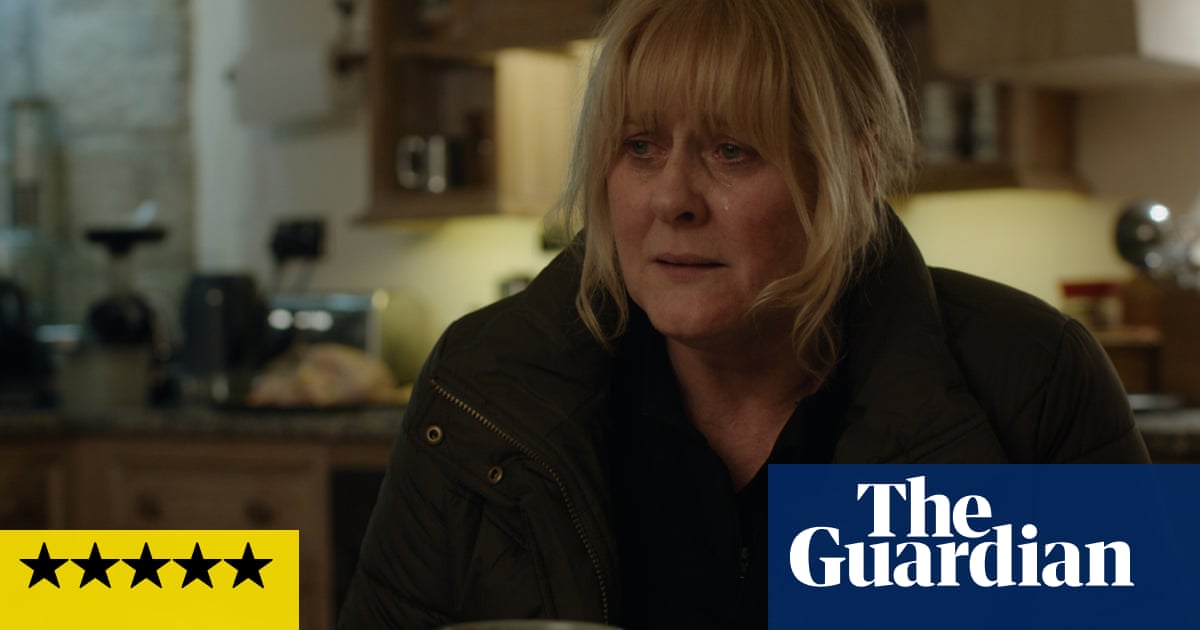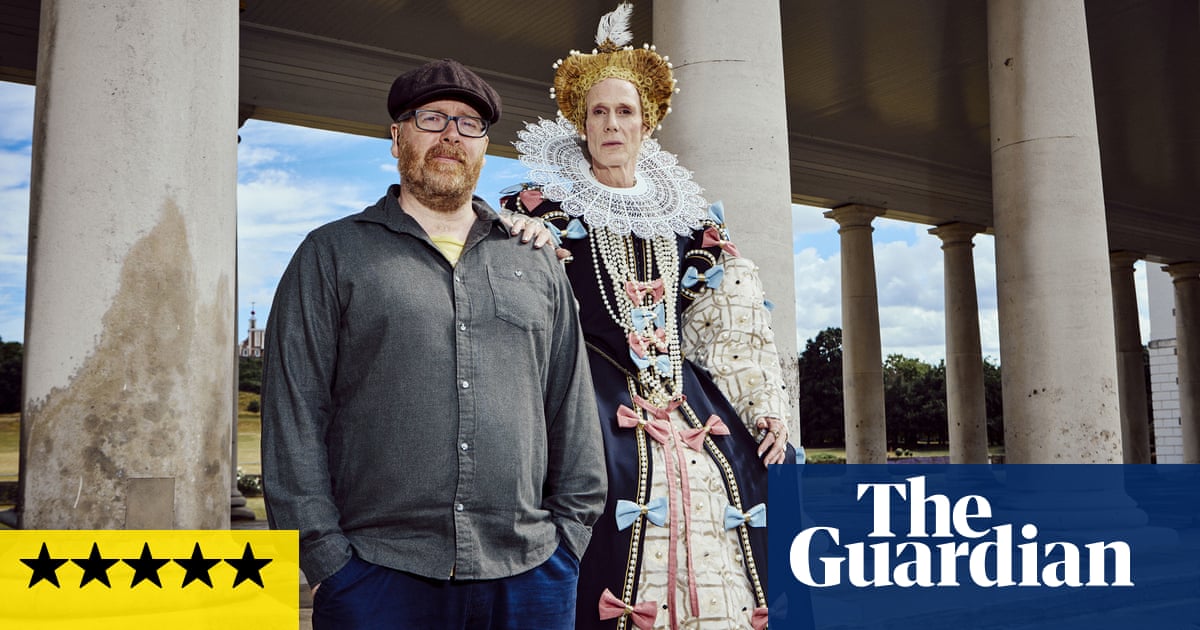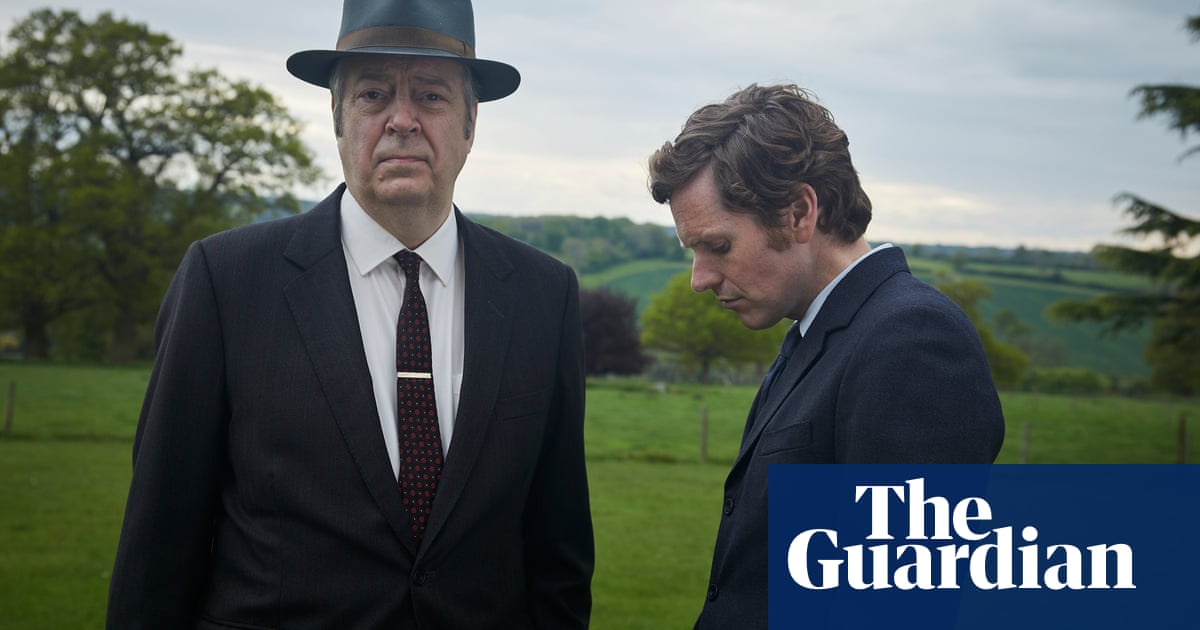
Pop culture has long taught us that the worst possible thing that could happen to a woman is for her to end up alone – with cat ladies serving as warnings of the fate awaiting anyone left without someone to love her. By those standards, the premise of Grace and Frankie should have been the beginning of the end for its main characters: two septuagenarian frenemies discovering that their husbands had been having an affair for two decades. How easy it would have been for them to check out of their final chapters and simply run down the clock.
And yet this week, when Netflix’s longest-running original series drops its final episodes, it will also be the end of one of television’s greatest female friendships, brought to life by the irresistible chemistry of Jane Fonda and Lily Tomlin, real-life friends for 40 years.
When Grace and Frankie premiered in 2015, it lulled viewers into something of a false sense of security. Appearing to be a cosy sitcom about the older generation, it offered a classic farcical setup: a hasty odd-couple arrangement, with each woman refusing to move out of a shared beach house. The stage was set for gags about older people misbehaving.
Those gags are certainly in there but, more important, so is a revolutionary narrative of women finding meaningful relationships beyond their familial structures. Initially boxed into their respective types – Grace (Fonda), the entitled, uptight cosmetics magnate and Frankie (Tomlin), the free-spirited, irresponsible artist – these women became each other’s catalysts for rediscovery.
Grace and Frankie took women who already knew themselves (or thought they did) and proved that the platonic enmeshing of two lives can happen at any age. These are women acquainted for 40 years, for the entirety of which they have failed to see eye to eye. But it is only at the age when they are becoming invisible to the wider world that Grace and Frankie finally see one another in vibrant colour.
And so there is a sense of urgency: time is not on their side. This is not a friendship built on hopes for the future but on making the most of the present (and sense of the past). It is true that this is a show about extremely wealthy white women but, in many ways, it is that level of privilege that allowed Grace and Frankie to home in on age as its primary antagonist.
Grace and Frankie’s big friendship moments happen against a backdrop of failing bodies, assisted suicide, cancer, grandparenting, dementia, alcoholism and arthritis-friendly vibrators. Together, they are allies – each other’s “emotional support witches” – as they briefly end up in a retirement home, Frankie has a stroke and, perhaps most seismic of all, Grace marries a younger man.
But while many of their specific problems are age-related, their friendship issues are age-old: when to prioritise friendship over romance, how to respect boundaries when you’re cohabiting and what to do when your bestie leaves you in the lurch.
Perhaps most vital is the way the show allows this friendship to evolve over time. Reaching a point of mutual respect happens fairly early on, as does the realisation that they could stand to learn a little something from one another. If it were a romcom, that’s where things might end, but Grace and Frankie is interested in what happens beyond the happily ever after. And so, they let each other down as often as they build one another up. They are variously jealous, needy, inconsiderate and judgmental and, more than once, they “break up”.
But when they reconcile – confessing that they are each other’s “first person” – it is with refreshing honesty and mutual vulnerability, freed from the constraints of romantic love. Ultimately, the marriages that betrayed them were the defining relationships of Grace and Frankie’s lives. But only because they led them to something far, far more important: each other.












